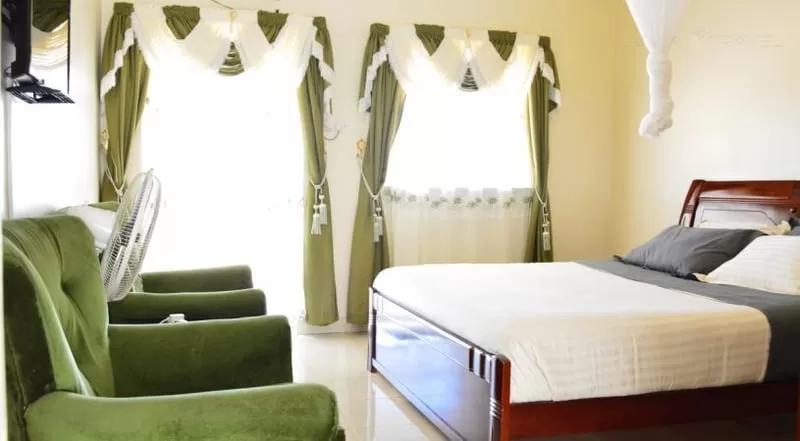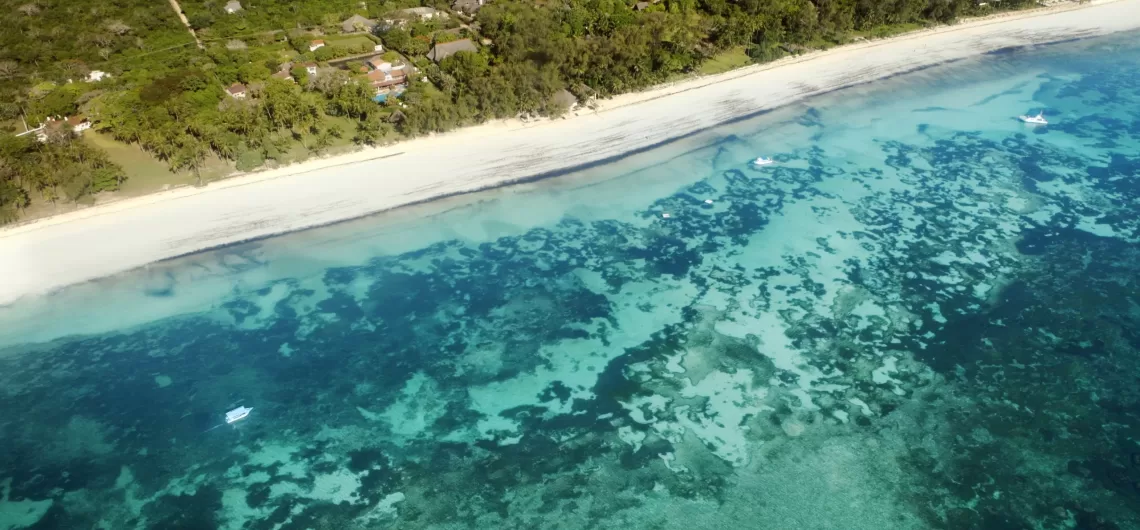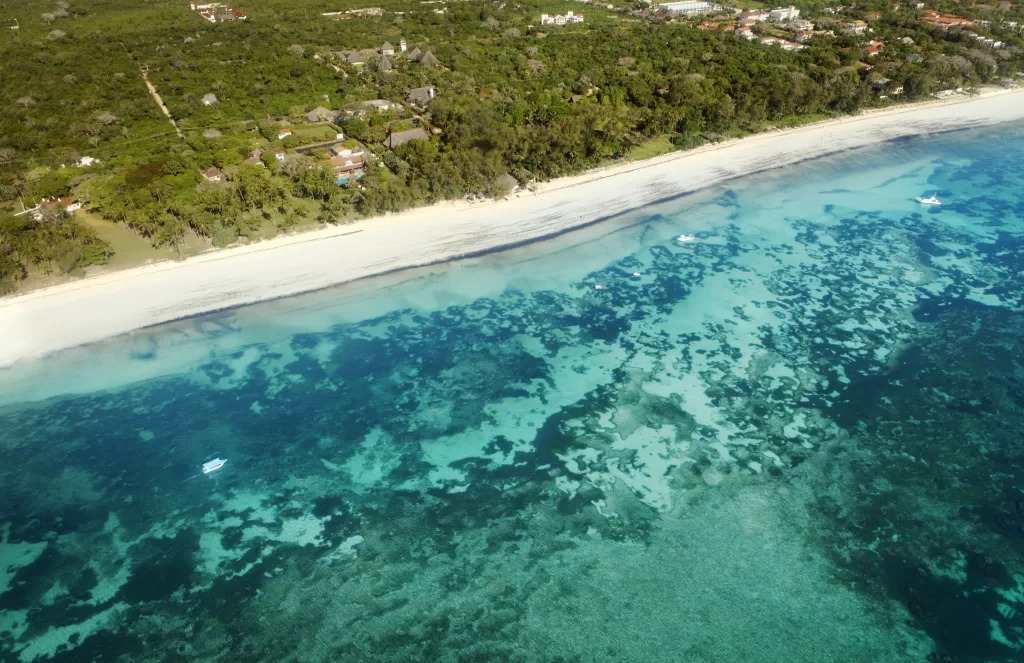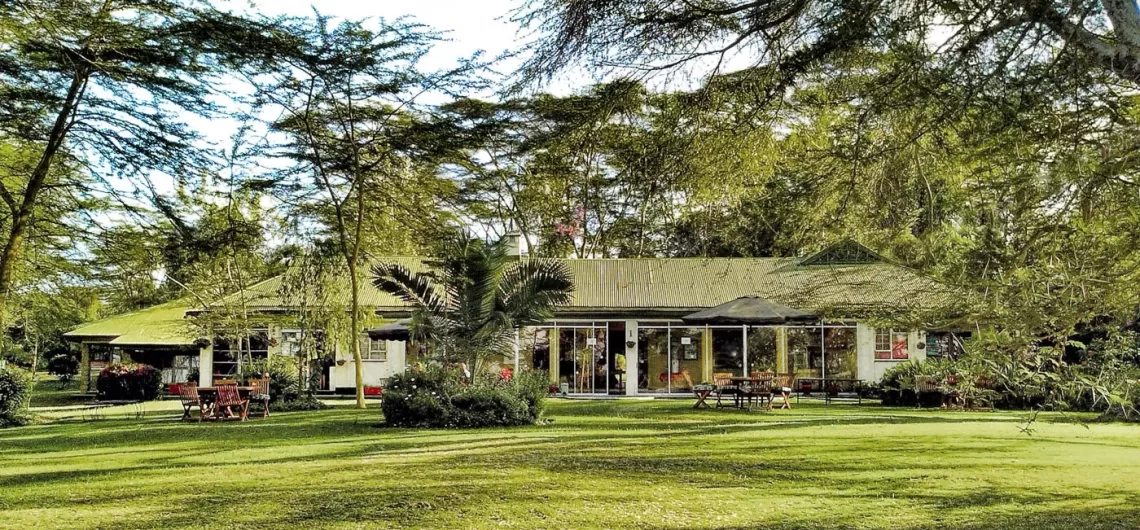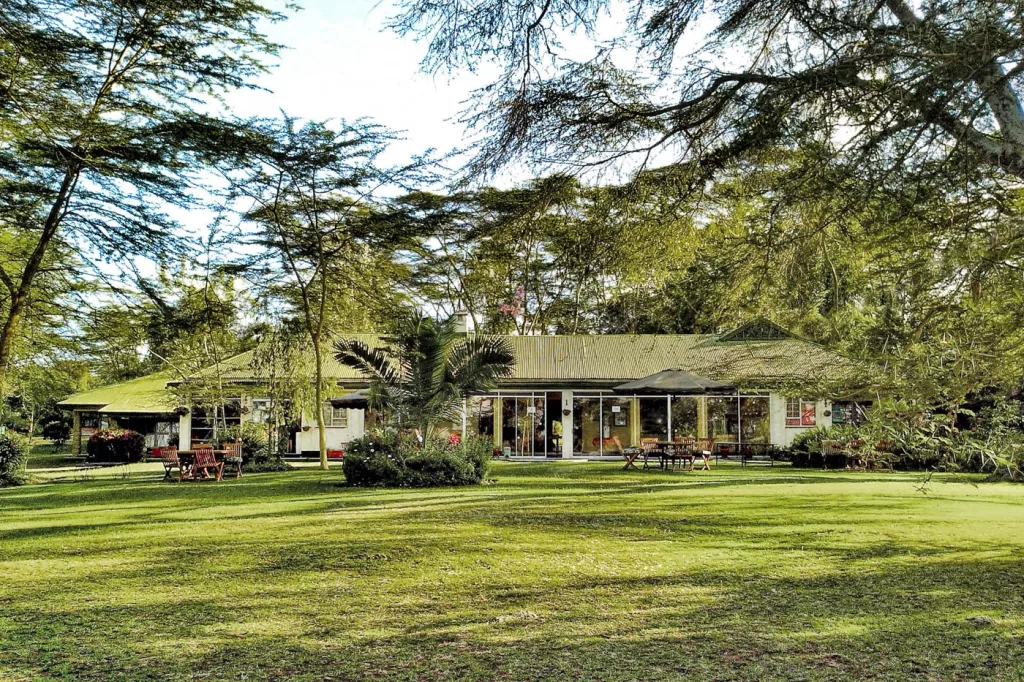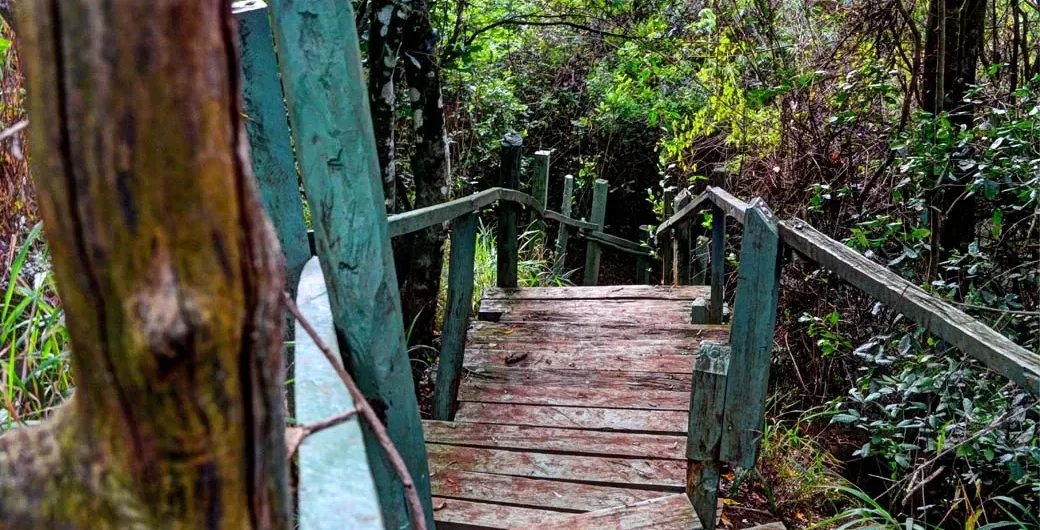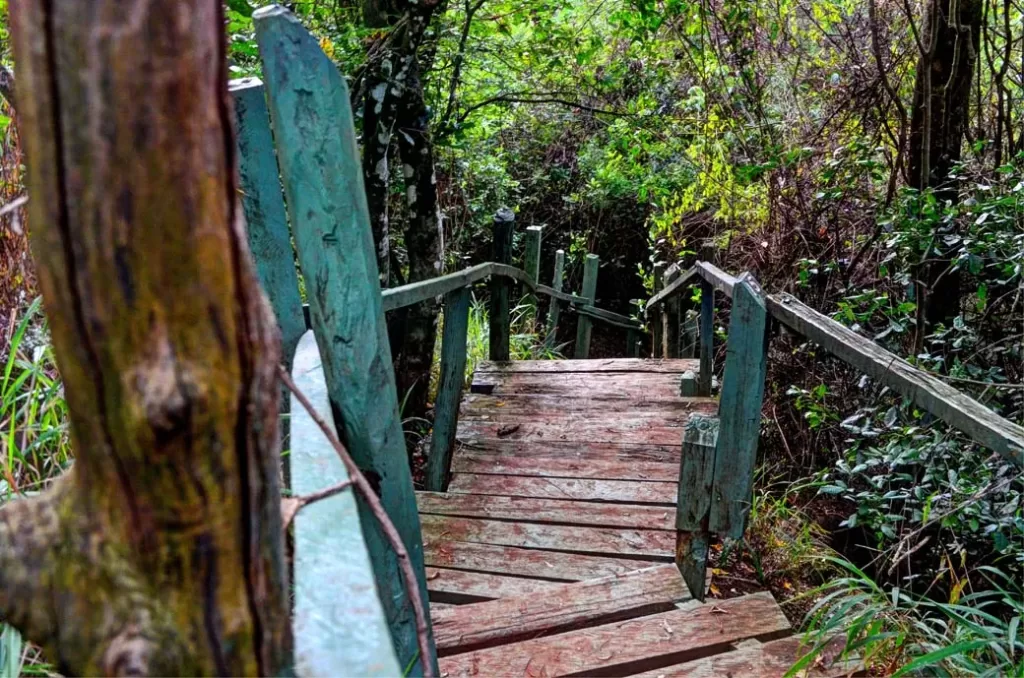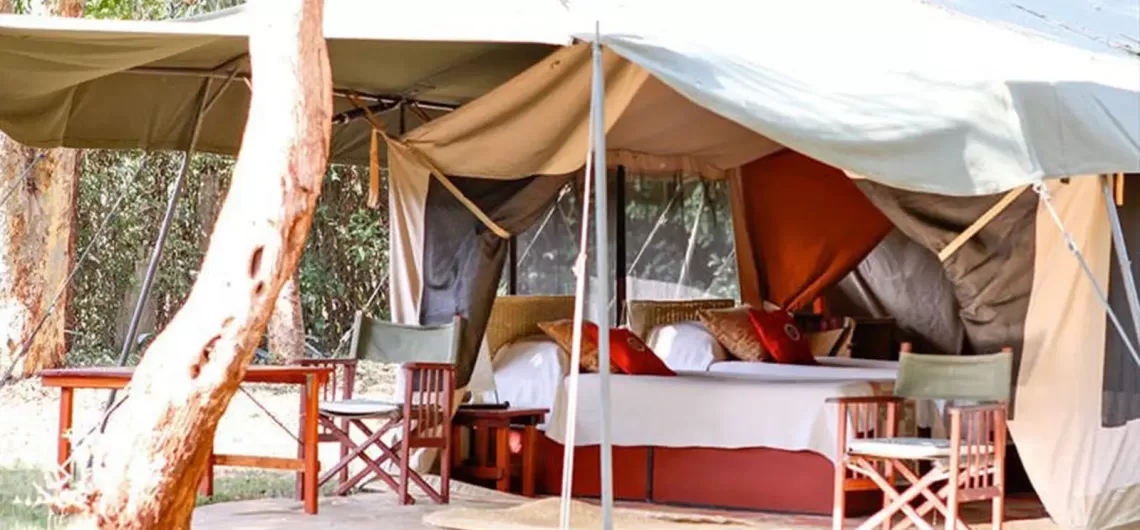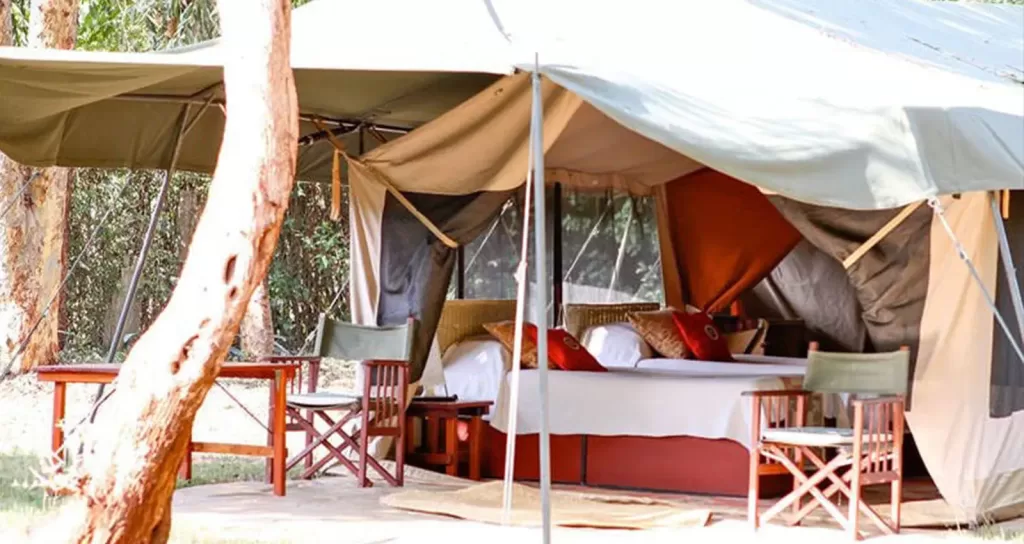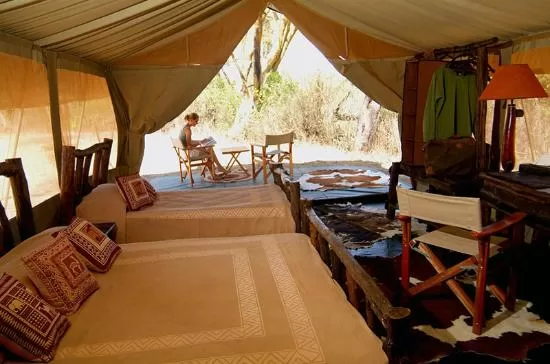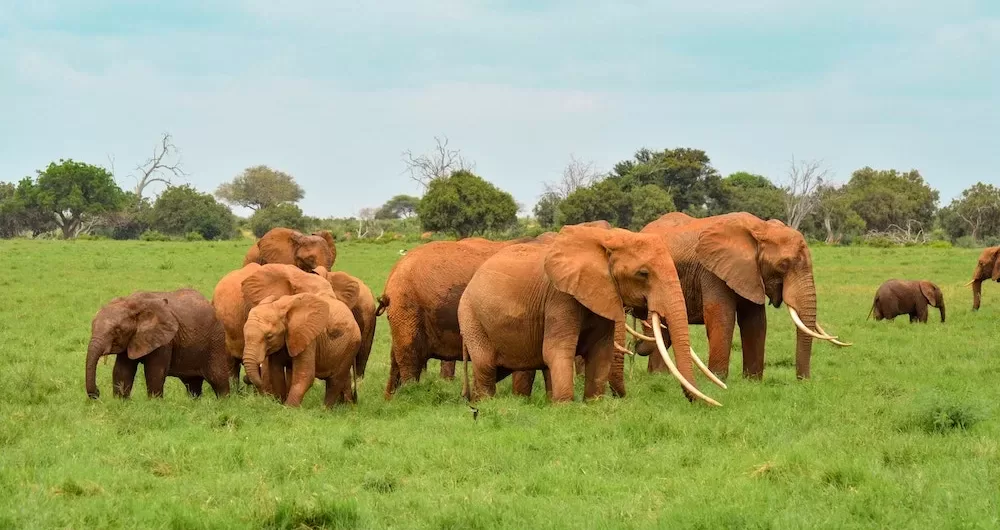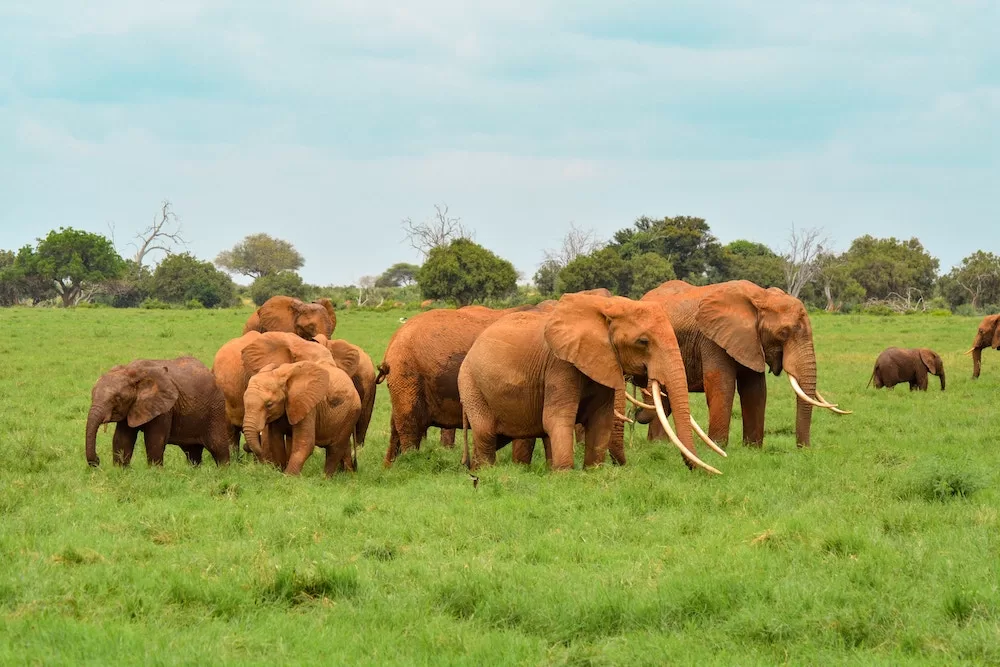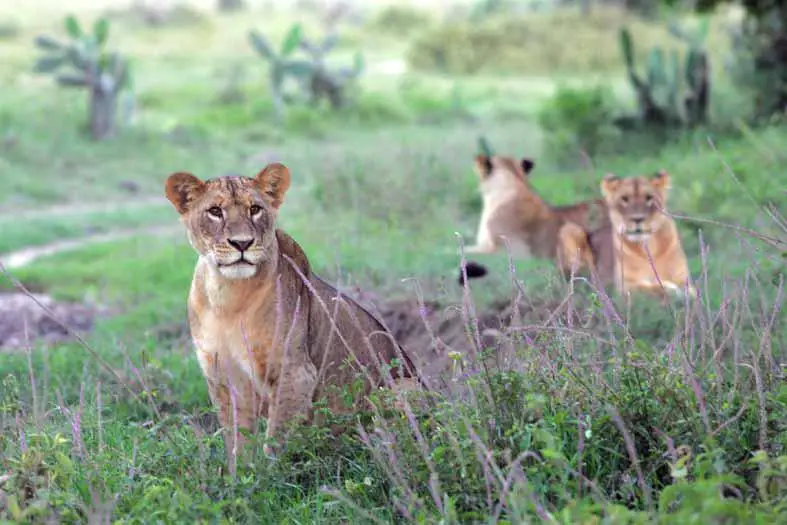Shompole Conservancy The Great Rift Valley wall forms the border on the western side, while the Shompole Conservancy is to the east and further east is Lake Magadi, which is well-known for its flamingoes and beautiful colors. South is the Tanzanian border and additionally Lake Natron additionally an alkaline lake with flamingoes and beautiful reds, pinks, veggies and yellow colors, similar to Lake Magadi. The Maasai established a conservancy in this region to act as a grass bank for their cattle during the dry season. However, the region boasts abundant wildlife and is well-known for its nighttime game drives. Location By Road Lake Magadi is only about 100 kilometers from central Nairobi and the journey to the lake should take you 2 ½ – 3 hours. The C58 – known as Magadi Road – runs all the way to the lake from Langata Road at Bomas of Kenya / Galleria Mall – this route takes you through the towns of Ongata Rongai and Kiserian. Kiserian is also accessible from Karen via Ngong town. Beyond Kiserian the road descends dramatically into the Rift Valley at Corner Baridi. From here on the road surface is poor in places and a 4-wheel drive is vehicle is essential – as it is for the murram roads beyond Lake Magadi and in the conservancy. The conservancy and camp are accessed via the causeway that runs across Lake Magadi behind the soda factory. From Magadi Town it is approximately 25 km to the camp via the small settlement of Olkiramatian. We will send you detailed directions of how to get to the camp – it is also recommended that you hire a Maasai guide in Olkirimatian to show you the way. By Air There is an airstrip 10 kilometers to the north of the camp near
Shompole Conservancy
The Great Rift Valley wall forms the border on the western side, while the Shompole Conservancy is to the east and further east is Lake Magadi, which is well-known for its flamingoes and beautiful colors.
South is the Tanzanian border and additionally Lake Natron additionally an alkaline lake with flamingoes and beautiful reds, pinks, veggies and yellow colors, similar to Lake Magadi.
The Maasai established a conservancy in this region to act as a grass bank for their cattle during the dry season. However, the region boasts abundant wildlife and is well-known for its nighttime game drives.
Location
By Road
Lake Magadi is only about 100 kilometers from central Nairobi and the journey to the lake should take you 2 ½ – 3 hours.
The C58 – known as Magadi Road – runs all the way to the lake from Langata Road at Bomas of Kenya / Galleria Mall – this route takes you through the towns of Ongata Rongai and Kiserian. Kiserian is also accessible from Karen via Ngong town.
Beyond Kiserian the road descends dramatically into the Rift Valley at Corner Baridi. From here on the road surface is poor in places and a 4-wheel drive is vehicle is essential – as it is for the murram roads beyond Lake Magadi and in the conservancy.
The conservancy and camp are accessed via the causeway that runs across Lake Magadi behind the soda factory. From Magadi Town it is approximately 25 km to the camp via the small settlement of Olkiramatian.
We will send you detailed directions of how to get to the camp – it is also recommended that you hire a Maasai guide in Olkirimatian to show you the way.
By Air
There is an airstrip 10 kilometers to the north of the camp near the research centre and Olkiramatian / Ngurumani bridge called RANGERS AIRSTRIP (Latitude -1844083 Longitude – 36.105917 (2,218ft)).
It is 1,300 meters long, dirt and pretty much an all-weather strip. Several charter companies use the strip. Some of them are Scenic Air Safaris, Boskovitch and Yellow Wings.
Activities
- Tubing & Kayaking
- Walking with baboons
- Cultural visit
- Walking with cattle
Shompole Conservancy Rates
Shompole Conservancy is only ever booked on an exclusive-use basis for one group at a time.
Resident rates (full-board)
- Resident adult – Kshs 25,000 per night.
- Resident child (3-12 years) – Kshs 12,500 per night.
- Infants (2 years and below) stay free of charge.
Minimum numbers / stay – 6 adult guests for 2 nights (2 children = 1 adult)
Rates are on a ‘full board’ self-drive basis including all meals and laundry.
Alcoholic and other drinks – bring your own or purchase at the camp bar.
Game drives are on a ‘self-drive’ basis including the services of an in-car guide.
Cultural visits and walking with baboons are available at additional cost.
Resident rates (self-catering)
Kshs 65,000 per night for exclusive use of the camp (maximum 12 guests).
The minimum stay is 2 nights.
Self-catering rates include the services of a team of staff to assist in the kitchen, serving, rooms, laundry and guiding.
All food and drinks – please bring your own (including drinking water).
Game drives are on a ‘self-drive’ basis including the services of an in-car guide.
Cultural visits and walking with baboons are available at additional cost.
Resident Conservancy and Community Fees
- Per resident adult Kshs 3,000.
- Per resident child (3-12 years) Kshs 1,500.
- Infants (2 years and below) free of charge.
- Fees are per 24-hour period.


